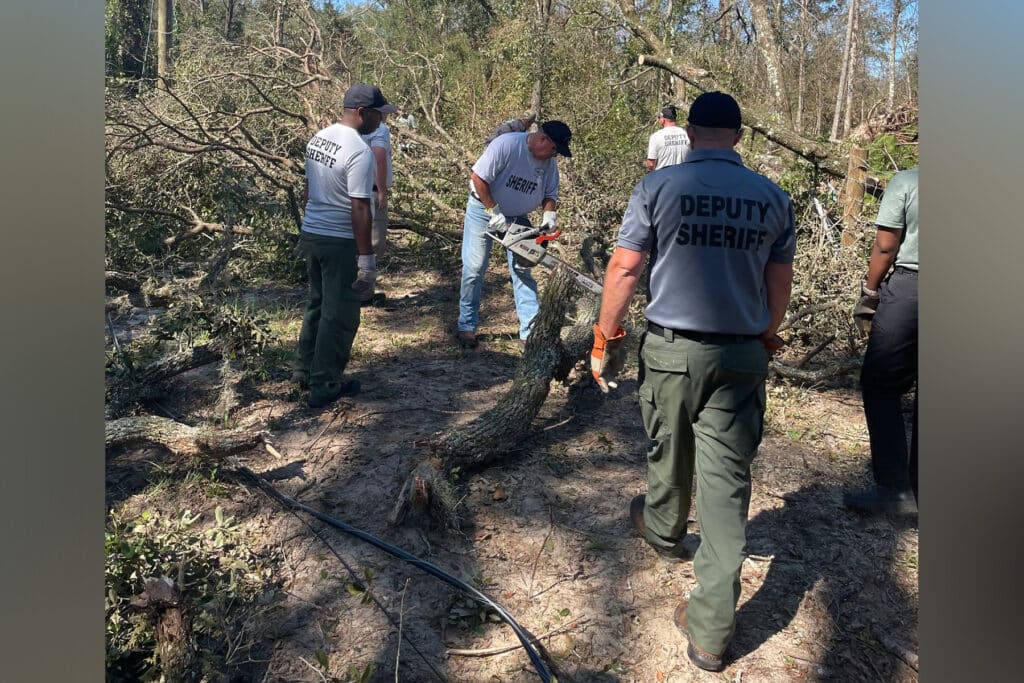Along with driving wind and rain, an incoming hurricane triggers an informational storm that can make it difficult to assess the threat clearly — especially for one’s immediate area.
To help locals prepare, The Citizen sought a county-specific forecast by senior meteorologist Ben Nelson of the National Weather Service in Jacksonville Monday afternoon.
While headlines are currently focusing on Milton’s current status as a Category 5 storm, Nelson said the hurricane is anticipated to weaken and ultimately make landfall near Tampa as a Category 3 hurricane.
On the other hand, Nelson cautioned that Milton is expected to expand in size as it roils across the state.
“That’s going to bring, at a minimum, sustained tropical storm force winds in the 39 to 73 mile per hour range to St. Johns County,” Nelson told The Citizen. “Most likely starting just after sunset Wednesday.”
Peak gusts of over 70 miles per hour, he said, are more likely in the southern half of the county below St. Augustine.
Nelson said we can expect heavy rainfall from 5 to 10 inches, an inundation that could trigger major storm surges of up to five feet along the coast as well as inland areas along the St. Johns River.
“This is going to present a potentially significant flooding issue for a large part of the county,” he said, highlighting Davis Shores, downtown St. Augustine, Marineland and Summer Haven.
Limited evacuation orders in vulnerable areas are possible, he noted.
The veteran meteorologst said he was concerned about high winds uprooting trees that already have weakened and saturated roots because of heavy recent rainfall.
“Not necessarily because Milton is going to come really close to us, but the wind field on the storm is going to expand and we’re going to have a pretty prolonged duration,” he explained.
Close to 10 hours of sustained tropical gusts, he said, are likely to wreak havoc on vegetation and power lines.
Nelson added that inland areas of St. Johns County like Nocatee are less vulnerable because wind speeds decrease as hurricanes travel farther away from the water.
“We can get quite a bit of wind from it even though it’s not making landfall locally,” he noted.
Nelson’s predictions were”exponentially” more dire for the west coast of the state.
“We’re talking storm surges in excess of 10 feet and winds over 100 miles per hour,” he said, adding that mountains of existing debris from Hurricane Helene only compound the danger.
“We really have two okay weather days to prepare,” Nelson advised. “Make all the preparations and get your family communication plan in place.”
